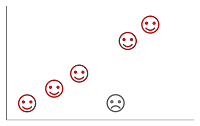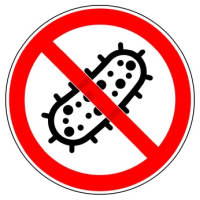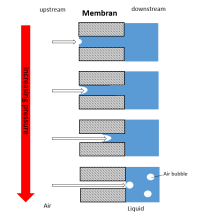Outliers in method validation and transfer

Two examples
Let's start with an example. During validation of an analytical method the linearity should be evaluated. Therefore 5 concentrations with 3 replicates each are examined (in order to evaluate linearity and trueness in one approach). At the examination level corresponding to 120% test concentration, one value is considerably higher than the other two ones. However, even taking this value into account, the acceptance criterion can be met. But the question is what to do. Is it necessary to repeat the entire 120% concentration with all three replicates, are we allowed to exclude the conspicuous one and calculate the mean by using just the two good ones, or do we have to repeat the whole linearity experiment?



